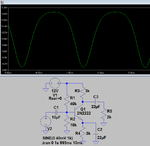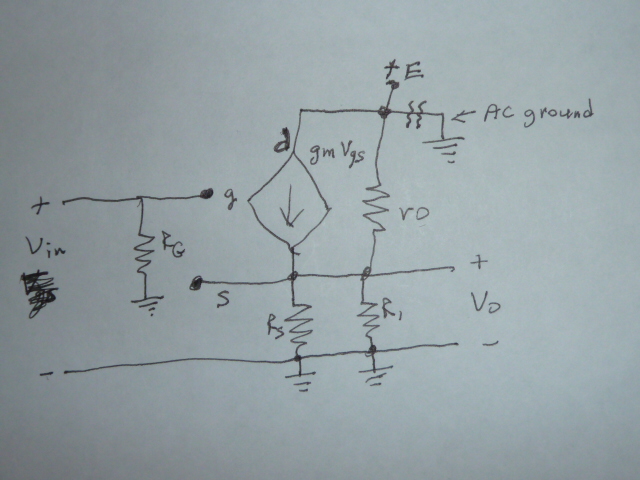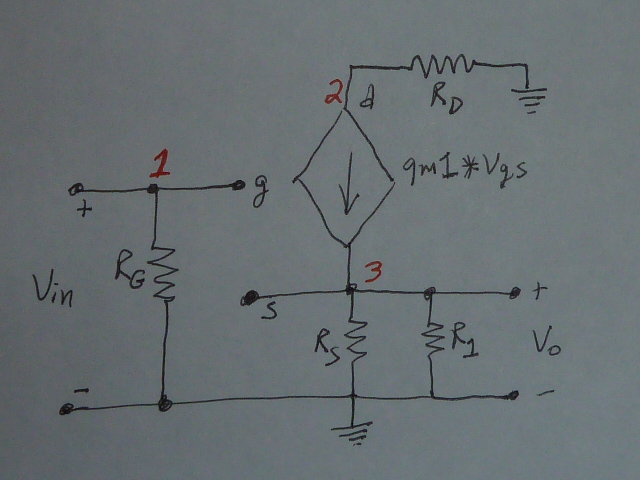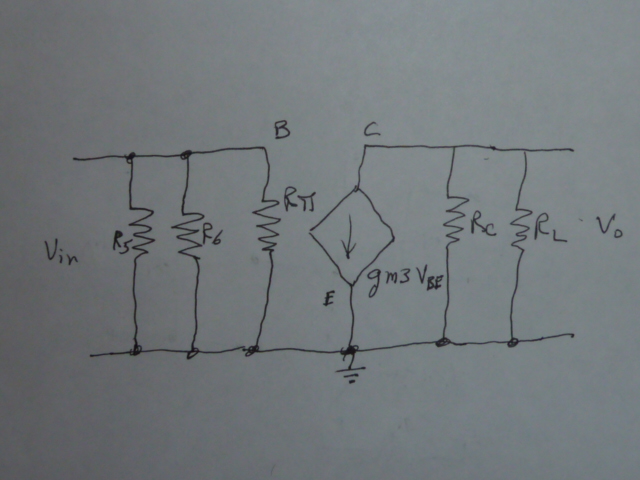Hatmpatn
Member level 3
So it should be R4=(12-5.16667)/0.004=1708.3325Ω
So if I get you right I should take the derivative of iD=IDSS*(1-uGS/Up)² with respect to uGS.
With the given values inserted this equals: 0.00514286+0.00146939uGS, when I put my uGS in it, it gives me gm=0.00342857=3.4286mS
Haha, it's the same(but positive)! Sick!
How do I calculate the operating point of the first FET?
So if I get you right I should take the derivative of iD=IDSS*(1-uGS/Up)² with respect to uGS.
With the given values inserted this equals: 0.00514286+0.00146939uGS, when I put my uGS in it, it gives me gm=0.00342857=3.4286mS
Haha, it's the same(but positive)! Sick!
How do I calculate the operating point of the first FET?
Last edited:


















